Single stud cells vs dual hole cells?
When it comes to designing efficient and reliable energy storage systems, the choice of battery cell configuration plays a pivotal role in determining performance, safety, and scalability. Among the most debated options in the industry are single stud cells and dual hole cells, each with distinct structural and functional advantages. This article dives deep into the nuances of these two designs, exploring their impact on applications ranging from electric vehicles to renewable energy storage. Whether you're an engineer, a project manager, or a tech enthusiast, understanding the differences between these battery cell types will empower you to make informed decisions for your energy solutions.
Understanding the Basics of Battery Cell Designs
The evolution of battery cell technology has been driven by the need for higher energy density, improved thermal management, and easier integration. Single stud and dual hole cells represent two prominent mechanical and electrical designs, each catering to specific use cases.
What Are Single Stud Cells?
Single stud cells feature a centralized terminal design, where a single stud acts as the primary connection point for electrical and mechanical interfaces. This design simplifies the assembly process, reduces material costs, and is often used in high-current applications due to its robust structure. For instance, in industrial energy storage systems, single stud cells enable rapid installation and minimize potential failure points.
What Are Dual Hole Cells?
Dual hole cells, on the other hand, incorporate two symmetrically placed holes for terminal connections. This design enhances stability, improves heat dissipation, and allows for more flexible module configurations. Commonly found in automotive lithium-ion packs, dual hole cells excel in applications requiring vibration resistance and thermal uniformity.
Key Advantages of Single Stud Battery Cell Designs
Single stud cells are renowned for their simplicity and efficiency. Below, we break down their core benefits.
Streamlined Assembly and Cost-Effectiveness
The single stud design reduces the number of components required for module assembly. This translates to lower production costs and faster manufacturing cycles. For large-scale projects like grid-level storage, these savings can be significant.
High Current Handling Capability
With a centralized connection point, single stud cells minimize electrical resistance and are ideal for high-discharge applications. Electric vehicle powertrains, for example, often leverage this design to deliver peak power without compromising safety.
Compact and Lightweight Profile
The minimalist structure of single stud cells allows for denser packing within battery modules. This is critical for portable electronics and aerospace applications, where space and weight constraints are paramount.
Key Advantages of Dual Hole Battery Cell Designs
Dual hole cells offer distinct perks, particularly in demanding environments.
Enhanced Mechanical Stability
The dual hole configuration distributes mechanical stress evenly across the cell, reducing the risk of terminal damage under vibration or impact. This makes it a preferred choice for automotive and marine batteries.
Superior Thermal Management
Dual hole designs facilitate better heat dissipation through symmetrical terminal placement. In high-temperature scenarios, such as fast-charging stations, this feature prevents thermal runaway and extends cell lifespan.
Flexibility in Module Configuration
The symmetrical layout allows engineers to design modular packs with series or parallel connections more easily. This adaptability is invaluable in custom energy solutions like off-grid solar storage.
Comparative Analysis: Single Stud vs. Dual Hole Battery Cell
To determine the ideal battery cell type for your project, consider the following factors:
Electrical Performance
Single stud cells typically exhibit lower internal resistance, making them suitable for high-power applications. Dual hole cells, while slightly less efficient in current handling, offer better performance consistency under cyclic loading.
Safety and Reliability
Dual hole cells excel in safety due to their redundant connection paths, which reduce the likelihood of total failure. Single stud cells, however, require meticulous quality control to avoid issues like loose connections.
Scalability and Maintenance
For scalable systems, dual hole cells provide easier maintenance and replacement capabilities. Single stud cells, while compact, may complicate repairs in tightly packed modules.
Future Trends in Battery Cell Technology
The battery cell industry is continuously innovating, with developments like solid-state electrolytes and smart BMS integration reshaping design priorities. Both single stud and dual hole configurations are evolving to meet these demands, with hybrid models already in development.

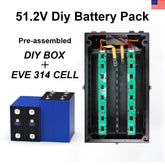






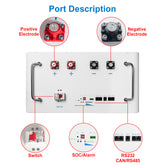
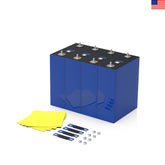
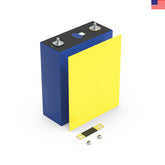



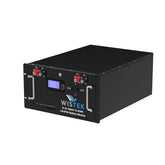
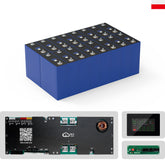








Leave a comment
All blog comments are checked prior to publishing